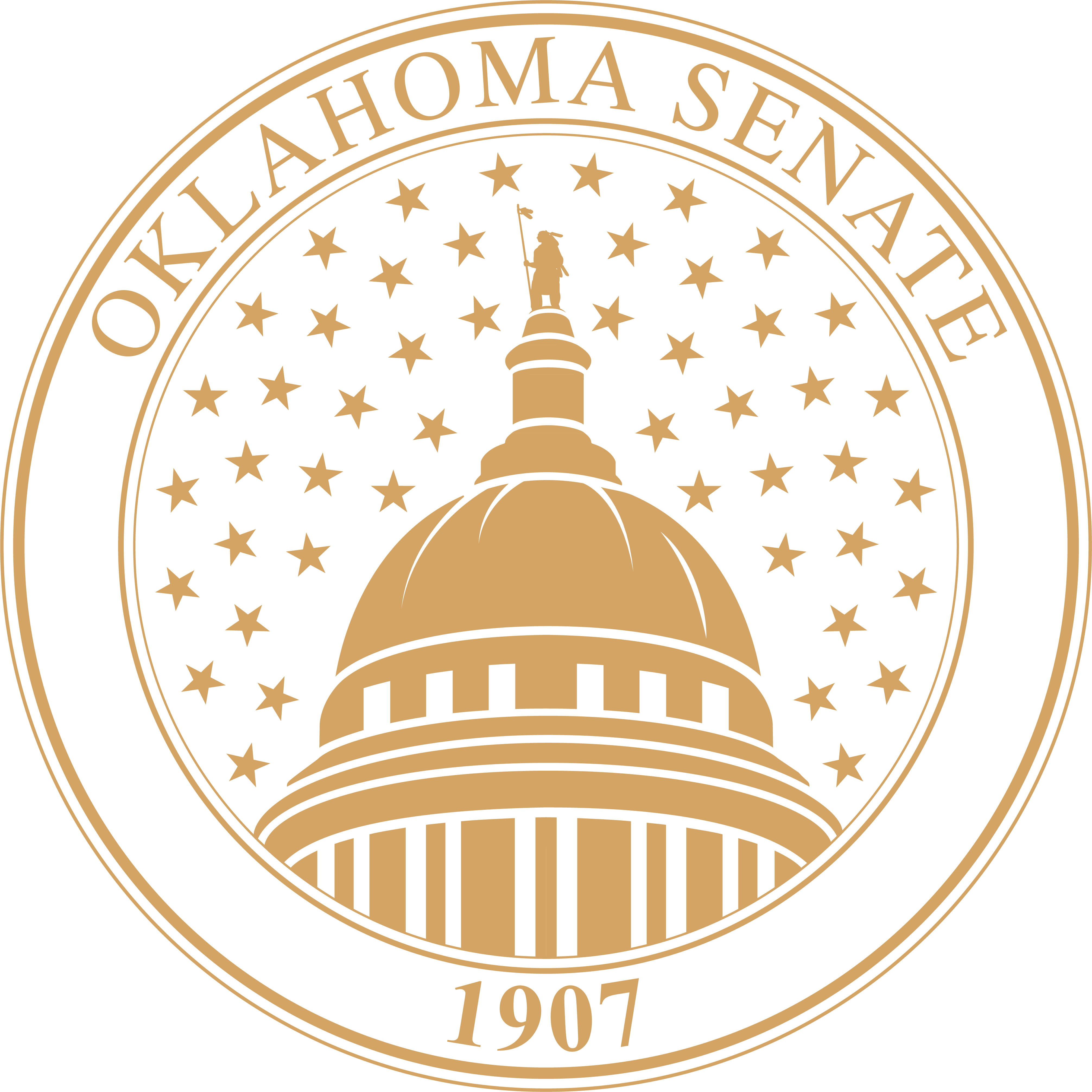In order to provide equal access and equal opportunity to people with diverse abilities, this site has been designed with accessibility in mind. Click here to view
Senator Leftwich To Conduct Hearing On Driver's Ed
OKLAHOMA CITY - Driving is a privilege that many people take for granted. That's why Senator Keith Leftwich is announcing an initiative designed to put a greater emphasis on educating Oklahoma's young drivers.
Senator Leftwich is holding a public hearing on the proposal on Wednesday, February 4 in the State Capitol's Senate Chamber. The 10:30 a.m. meeting is to solicit the public's view of driver's education.
"A dozen years ago, almost 90 percent of Oklahoma's kids took driver's education," said Senator Leftwich. "Today it's under 50 percent, and in Oklahoma City Public Schools it's almost 15 percent. It is imperative that we take steps to get more teenagers interested in driver's ed."
The Driver's Education package being offered has three essential component:. incentives for local school districts to make driver's ed more convenient for students, provide more of the state's existing dollars for funding of driver's ed courses, and give greater incentive to the students themselves to take driver's ed.
Currently, many school districts are only offering driver's ed during the summer and charging a fairly high tuition, making it hard on working parents. This proposal calls for the state to reimburse schools for more of the cost of courses, if the district offers them during the school day. Districts would also be eligible for the higher reimbursement if the classes were offered just before or immediately following school hours.
"This is one government program that really worked," said Senator Leftwich. "It was disassembled during lean financial times for the state. However, now that we can afford it, we need to bring back driver's education to more schools."
The initiative would also remove the cap placed on moneys previously set aside for driver's education. One dollar collected on every license tag is earmarked for driver's education. In recent years however, about half of those moneys have been used for other purposes. This proposal could free up as much as $3 million a year for drivers' ed.
Lastly, the package would create incentives for students to take driver's ed, by installing a graduated licensing program to take effect in the year 2000. Under such a plan, a 16 year old would have a restricted driver's license unless he or she takes a driver's education course. Without driver's ed, they would only be allowed to drive during the day, or to school, work, and church activities after dark.
Additionally, the initiative calls for expanding the time during which a young person can take driver's ed. The plan would allow 15 year olds to take a driver's course rather than making them wait to the current 15 and a half when they can obtain a learner's permit. However, 15 year olds would only be allowed to drive with a certified driving instructor present.
"The public's safety is the real issue here," said Senator Leftwich. "A recent issue of Time Magazine pointed to the reduction in driver's ed classes as a contributing factor to increased incidents of road rage. Drivers between 16 and 20 are two and a half times more likely to be killed in automobile accidents than other drivers."
"A recent report on ABC's 'Prime Time Live' showed how careless and dangerous inexperienced drivers can be," added Senator Leftwich. "It is clear that a more gradual, phased-in period is needed for young drivers."
"Driver's ed, at its best, teaches other values," Senator Leftwich concluded. "Much like athletics, music, and other school activities, driver's education teaches discipline, focus, and playing by the rules."
- 30 - Oklahoma Senate
Oklahoma Senate

